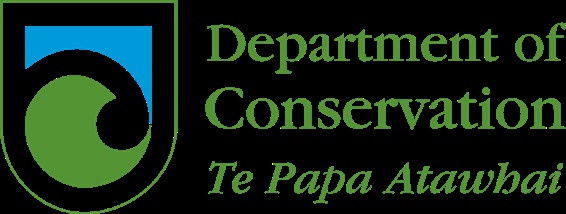
19-E-0529 DOC-6057224
30 August 2019
Tracy Livingston
Via fyi.org
Dear Ms Livingston
I refer to your official information requests of 4 and 5 August 2019 for the following
information:
Question: What ecological testing has been carried out prior to this aerial
poison operation - Dart, Routeburn and Caples Valleys August 2019?
Please include current and up to date rat, mice, mustelid numbers, white
tail deer and Red deer numbers. Please include current and up to date
native bird species counts.
Question: How long does deer repellent last on 1080 baits in cold and/or
wet (winter) conditions?
Question: What is DoC attempting to achieve in these drops? In other
words, what animals are they trying to kill, and what animals are they
trying to protect? Of the animal species DoC is attempting to protect, have
those species previously been found to be adversely affected by 1080 poison
operations?
Question: What does your data suggest, from previous poison operations
in this area, is the likely native species to experience by-kill and what
amount is considered acceptable to DoC? What non-native species is
expected to experience by-kill and what amount is considered acceptable?
Question: DoC's data appears to point to the fact that rat populations
increase to 5 to 6 times greater than before the poison operation in under a
year, after a 1080 poison operation and therefore further endanger bird
populations, and bearing in mind that rats need constant predation to
effectively manage their numbers and protect our bird species, what is DoC
doing in this area by way of ground control to prevent this happening?
Question: What the amount of bait used and the bait coverage rate for this
poison operation?
Conservation House -
Whare Kaupapa Atawhai
PO Box 10 420, Wel ington 6143
Telephone (04) 471 0726, Fax (04) 381 3057
Question: What are the plans for post-1080 drop ecological tests - insects
numbers, soil biome, 1080 uptake into plant life - that sort of thing?
Question: Where is the surface water testing to be carried out for this
poison operation? (Bearing in mind that this operation will drop enough
poison to kill several hundred thousand humans, it's probably worth
making sure that the poison isn't ending up in people's drinking water.)
Question: What budget has been set for trapping of rats, mice and
mustelids in this region (the area being poisoned) for the previous ten
years, and for the next five years? What budget has been set aside by this
DOC region for research into 1080 poison alternatives specific to this
region?
Question: There have been a number of 1080 poison operations in this
region over the past ten years. in light of that, is Glenorchy's drinking
water being tested for both fluoroacetate and fluorocitrate?
Question: As 1080 poison has been shown to be teratogenic at parts per
billion, and cause miscarriages at extremely low doses, what effort, if any,
has been made to warn pregnant Glenorchy residents about this fact, and
for them to take special precautions? Are you aware if the Public Health
Officer has made an attempt to contact and warn the locals about this?
Question: I noticed that Glenorchy water supply previously had no e.coli
bacteria present in its water supply, but since 1080 aerial poison drops,
coincidentally now is showing e.coli in the town supply which required the
water to be chlorinated. One explanation is that the poisoned dead animals
end up in water ways and cause contamination that way - has this been
ruled out in this instance? Does the District Council consider this a 'one
off/coincidence'? 1)
http://www.glenorchycommunity.nz/news/latest/show/121/battle-for-
our-birds-doc-update/ 2)
https://www.odt.co.nz/regions/queenstown/ecoli-found-glenorchy-water-
supply
On 14 August 2019, we advised that we had transferred your last question above to
Queensland Lakes District Council, as the information to which your request relates
is more closely connected with the functions of the Council.
The OIA requires that we advise you of our decision on the remainder of your
request no later than 20 working days after the day we received your request.
Unfortunately, it will not be possible to meet that time limit and we are therefore
writing to notify you of an extension of the time to make our decision, to Friday 27
September 2019.

This extension is necessary because your request necessitates a search through a
large quantity of information and meeting the original time limit would
unreasonably interfere with our operations.
You have the right to seek an investigation and review by the Ombudsman of this
decision. Information about how to make a complaint is available at
www.ombudsman.parliament.nz or freephone 0800 802 602.
If you wish to discuss any aspect of your request with us, including this decision,
please feel free to contact me by replying to this email.
Yours sincerely
Amber Bill
Director, Biodiversity Threats

